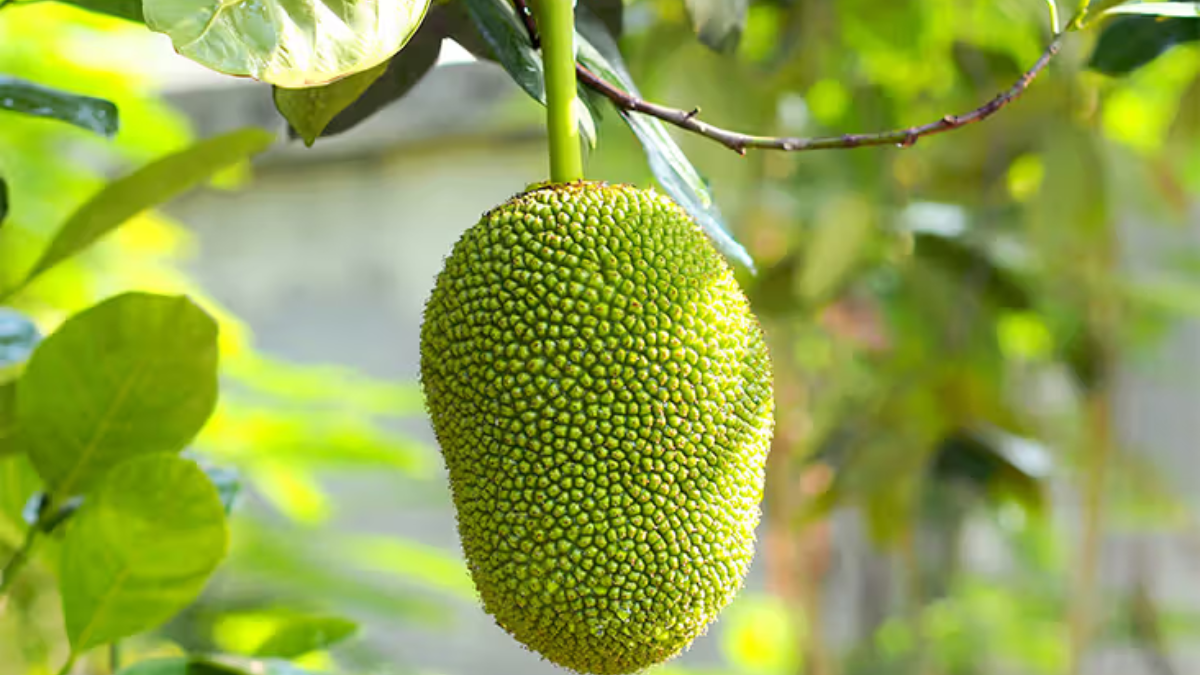Jackfruit is one of the largest and most versatile fruits in the world, known for its unique taste and nutritional benefits. It is used in various culinary dishes and is also valued for its potential health benefits. Among the countries that produce jackfruit, India stands out as the largest producer.
Introduction to Jackfruit
Jackfruit, often referred to as a “miracle crop,” is the largest tree-borne fruit globally, capable of weighing up to 100 pounds. Native to South and Southeast Asia, jackfruit is a staple in many households and is renowned for its versatility in cooking. India stands as the largest producer of jackfruit, contributing significantly to the global supply. This article delves into India’s dominance in jackfruit production, the uses and benefits of the fruit, its cultivation process, and a brief overview of other top-producing countries.
Worldwide Jackfruit Production
Worldwide, jackfruit (Artocarpus heterophyllus) is primarily produced in Asia, with India and Bangladesh leading as top producers. Together, they yield around 1.25 million metric tons annually. The jackfruit tree has a lifespan of 60 to 70 years, with a mature tree capable of producing up to 700 fruits per year, making it a vital crop in these regions.
Most Jackfruit Producing Country in the World
India is the world’s largest producer of jackfruit, with an annual production of approximately 1.4 million tons. The country’s favorable tropical climate, especially in regions like Kerala, Tamil Nadu, and Karnataka, supports the extensive cultivation of jackfruit. The fruit holds a special place in Indian culture and cuisine, often being used in traditional dishes, sweets, and even as a meat substitute in vegetarian recipes.
Jackfruit Production in India
Jackfruit cultivation thrives in the tropical lowlands of India, where the tree grows at altitudes up to 4,000 feet above sea level. The tree is propagated through seeds, which are first planted in nurseries before being transplanted to fields. The cultivation process involves spacing the trees 30 feet apart, with about 69 trees per acre. Jackfruit trees are generally disease-resistant, though they can be susceptible to wilting if not properly cared for. The trees bear fruit after three to four years of planting, with each tree producing an average of 15 fruits per season.
Uses and Benefits of Jackfruit
Jackfruit is incredibly versatile and can be consumed in various forms, depending on its ripeness. When ripe, it is sweet and is used to make desserts, juices, and snacks. Unripe jackfruit is popular in savory dishes, particularly in South Indian and Southeast Asian cuisines. Beyond its culinary uses, jackfruit is a powerhouse of nutrients, providing essential vitamins like B6 and C, carbohydrates, and dietary fiber. The seeds are also edible, often boiled or roasted, and are a good source of protein. Additionally, the wood from the jackfruit tree is used in furniture making and musical instruments, while the leaves serve as animal feed.
Other Top Jackfruit Producers
While India leads in jackfruit production, Bangladesh ranks second with an annual production of 926,000 tons. In Bangladesh, jackfruit is the national fruit and is integral to the local diet. Other significant producers include Thailand, Indonesia, and Nepal. Despite high production levels, a considerable portion of the fruit goes to waste due to its perishable nature. According to the UN Food and Agricultural Organization, about 75% of the jackfruit produced in India is wasted if not consumed or preserved promptly.




 Which Animal is known as the River Horse...
Which Animal is known as the River Horse...
 Which Colour has the Longest Wavelength?
Which Colour has the Longest Wavelength?
 What was the Old Name of Goa? Know About...
What was the Old Name of Goa? Know About...







